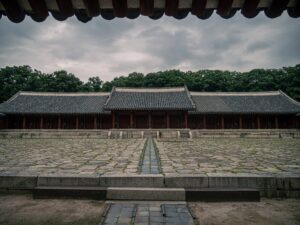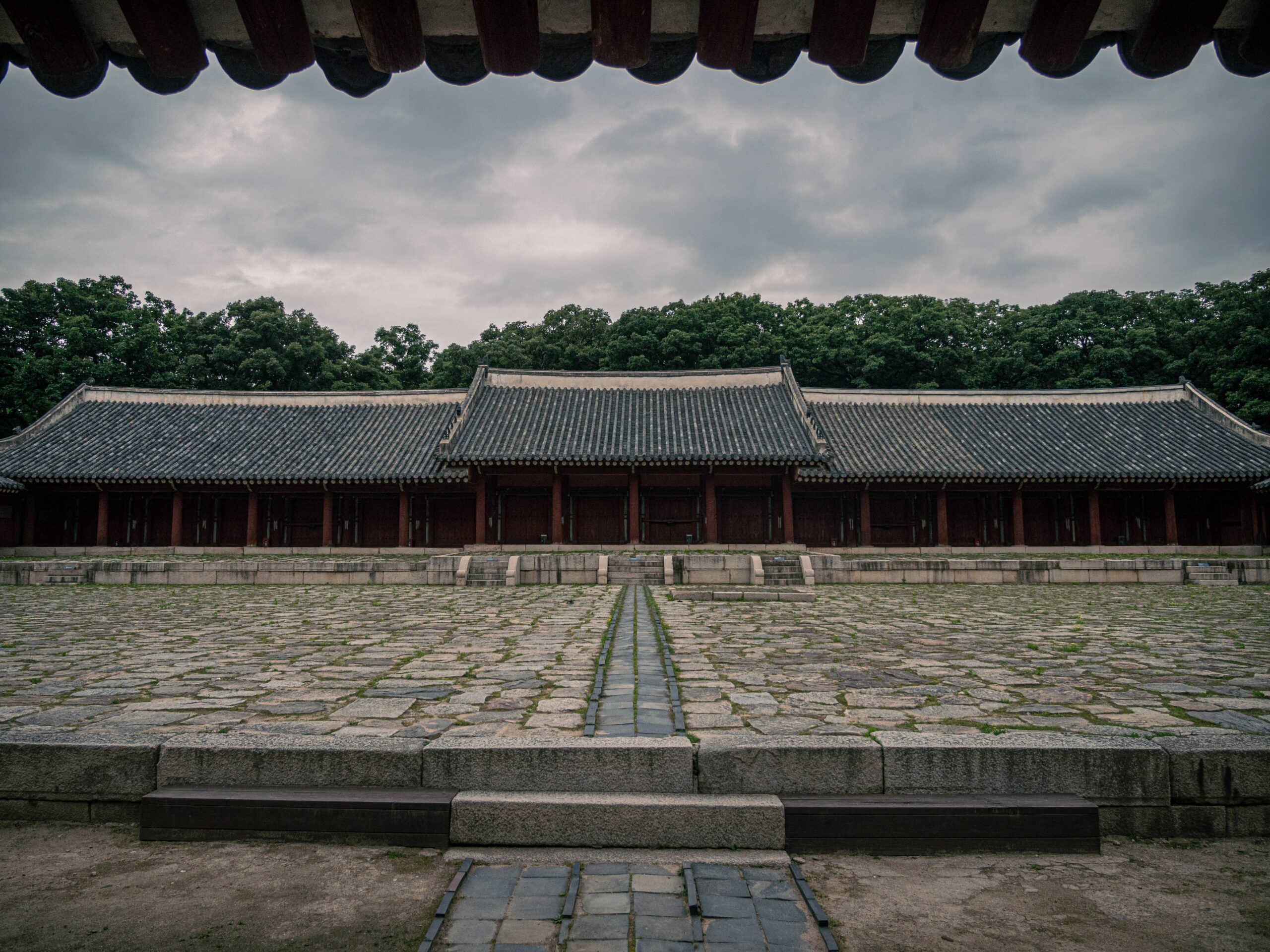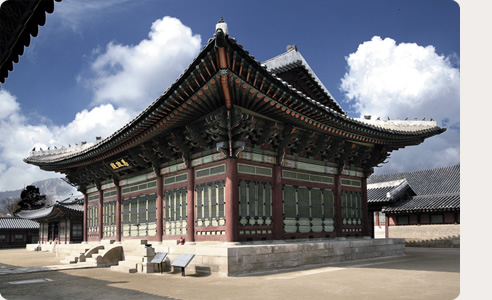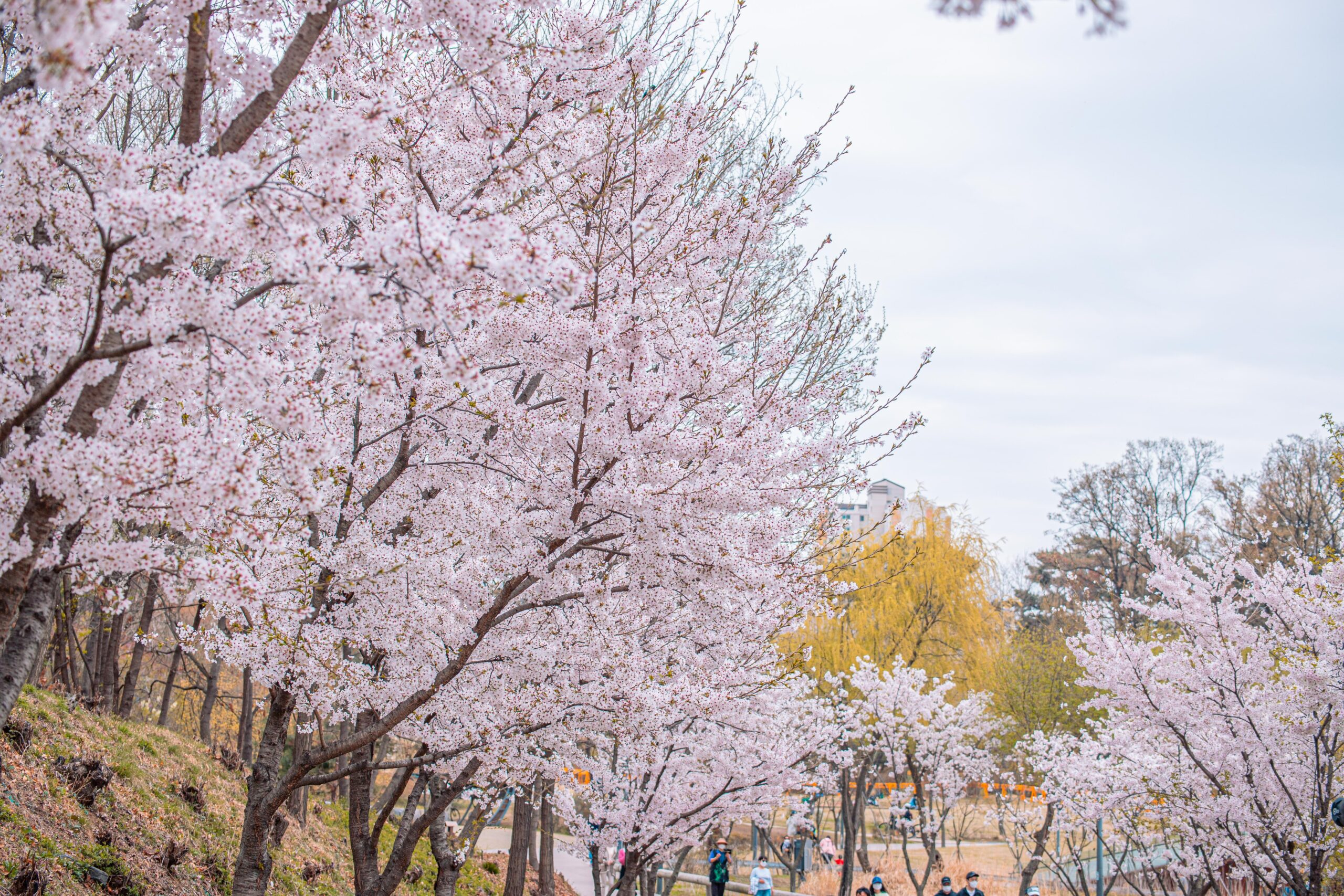History and Development of Jongmyo Shrine
Jongmyo Shrine is a historical landmark located in Seoul, South Korea. It is a UNESCO World Heritage Site and one of the most significant cultural sites in the country. Since the 14th century, people have maintained the shrine, dedicating it to the spirits of deceased kings and queens of the Joseon Dynasty.
The history of the Jongmyo Shrine dates back to 1395 when the first king of the Joseon Dynasty, King Taejo, ordered the construction of the shrine. The shrine’s purpose was to serve as a place of worship for the royal ancestors and to ask for their blessings and guidance. The construction of the shrine was completed in 1398, and it was initially named Jeongjeon, meaning “a hall for worshipping ancestors.”
Over the years, it has undergone several renovations and extensions to accommodate the growing number of tablets honoring the royal ancestors. The shrine was also expanded during the reign of King Sejong, who added additional halls and buildings to the complex.
Exploring the Regal Beauty and Cultural Significance
Jongmyo Shrine is comprised of two main sections: Jeongjeon and Yeongnyeongjeon. Jeongjeon, the primary hall, houses the tablets of the Joseon Dynasty’s kings who made significant accomplishments. It contains 19 tablets of kings and 30 tablets of queens. East of Jeongjeon, Yeongnyeongjeon, a smaller hall, enshrines tablets of kings and queens with lesser achievements and posthumous rulers.
The unique architectural style and beautiful gardens of Jongmyo Shrine make it a popular destination for visitors. Skilled craftsmen built the shrine’s buildings in a traditional Korean style, using wooden columns, tiled roofs, and decorative carvings. Additionally, the shrine’s meticulously maintained gardens provide visitors with a peaceful atmosphere to relax and enjoy.

A guided tour of the complex is available for visitors, where they can learn about the history and significance of the shrine. Visitors can also witness Jongmyo Jaerye, traditional rituals, and ceremonies held at Jongmyo Shrine in Seoul, South Korea. The shrine typically hosts ceremonies twice a year, specifically on the first Sunday in May and the first Saturday in November. However, the schedule may be subject to change. For the most up-to-date information, it is advisable to check the official Jongmyo Shrine website or contact the shrine directly.
In conclusion, Jongmyo Shrine is a fascinating cultural site that offers visitors a glimpse into Korea’s rich history and heritage. A must-visit for those intrigued by Korean history, architecture, and culture, it stands alongside palaces like Gyeongbokgung Palace. Jongmyo Shrine stands as a testament to the enduring legacy of the Joseon Dynasty. Its unique architecture, beautiful gardens, and rich history collectively showcase the cultural richness of the Korean people.



